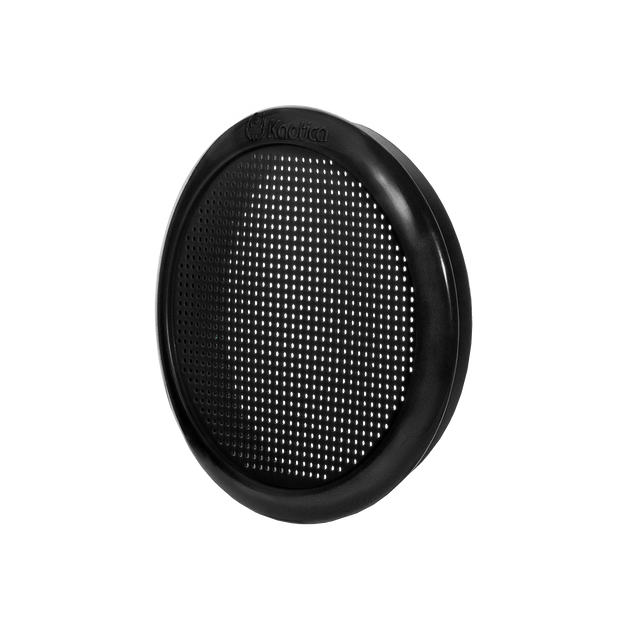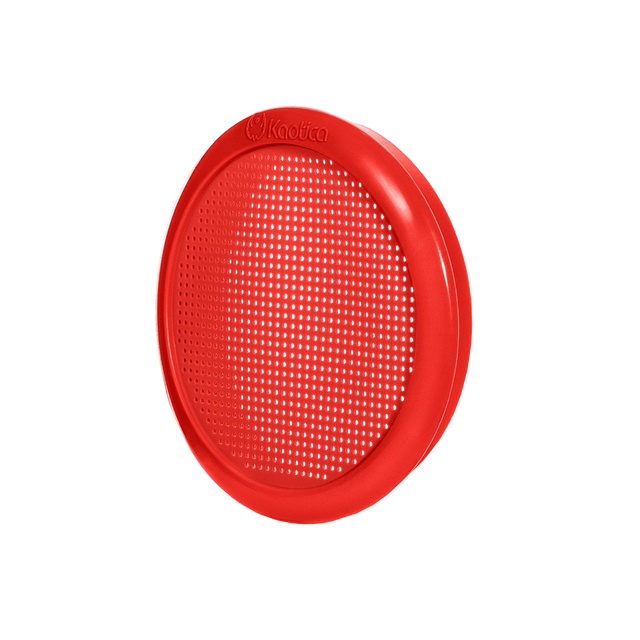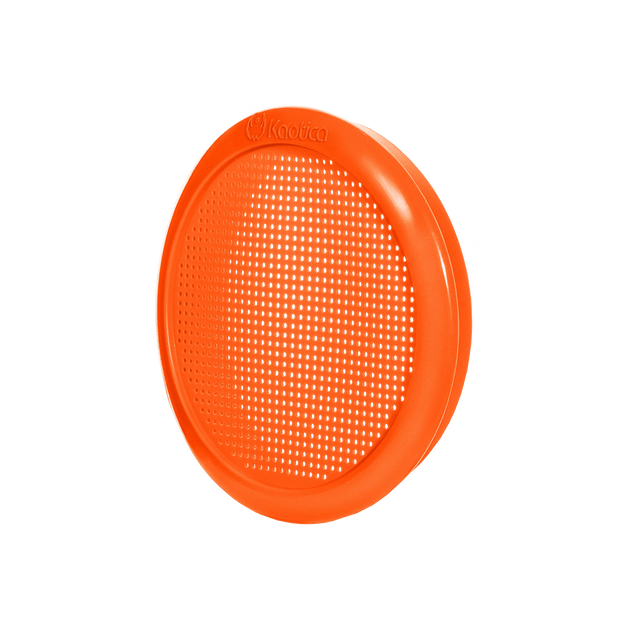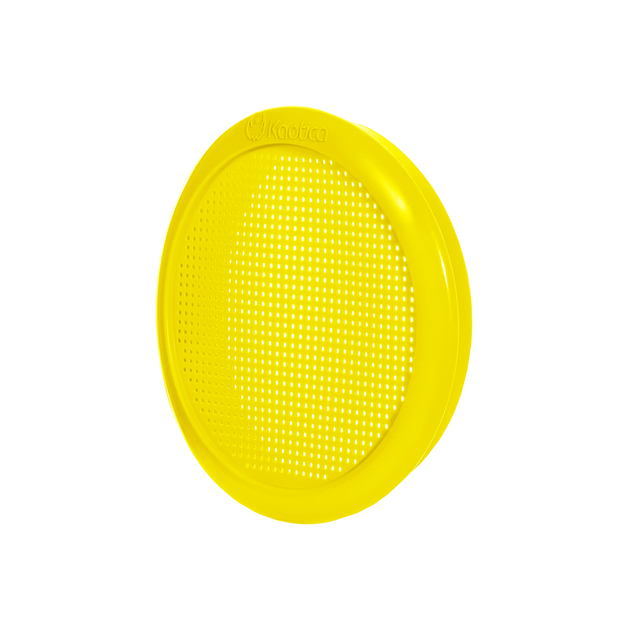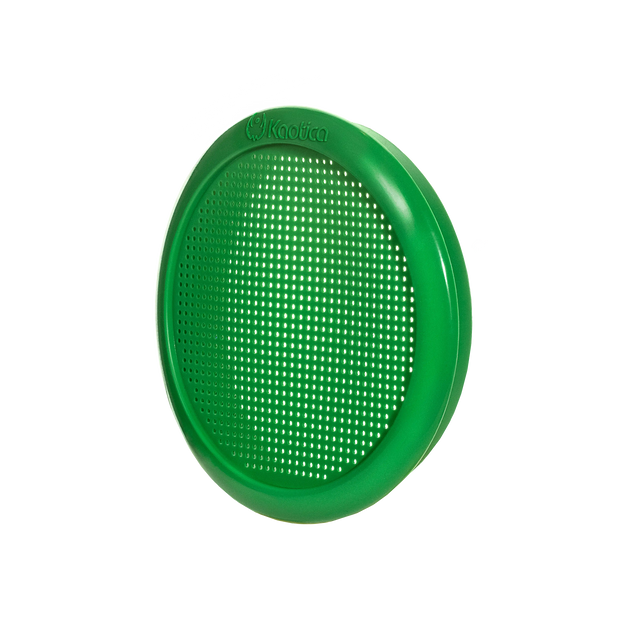
Steven Solomon
Steve Solomon is a hit-making songwriter and producer. He went from playing guitar for the likes of Ryan Cabrera to going behind the board for Christina Perri, Skillet, Scars on 45, Pierce The Veil, and more. With Hodges, he’s been a part of high-profile productions for Demi Lovato and Jason Mraz among others. He’s also a staunch champion of the Kaotica Eyeball.
We spoke to him in this exclusive interview about his career and so much more.
Do you remember your first session as a producer?
If we want to go way back, I was 15-years-old living in Texas. My brother and I had a band. My dad was a musician while we were growing up, so my brother and I loved music. I still don’t know how we convinced him to give us some money for studio time at a real recording studio—but we did. We went to this little studio in San Antonio, TX. It was Thanksgiving day, because it was the cheapest rate we could get.
"We went in there with our buddies and pounded out ten songs as fast as we could. This was probably 1996 or 1997. It was the best day of our lives!"
Looking back, it was sort of a crappy place and a shoddy recording—which mostly had to do with the fact we were kids and had terrible songs [Laughs]. However, it was definitely such an amazing, eye-opening experience that I look back on to this day. I can see the room, the lighting, the microphones, the drums, and everything. I was probably driving this engineer crazy. That was my first experience in a real recording studio seeing how everything worked though. After that, it really became this race for my brother and I to collect as much recording equipment as we could. We were like, “We have to do this as much as possible! This is amazing.” That was where it all began.
I guess we were producers in the sense that no one else was there running everything going on [Laughs]. This was completely raw.
Did you know you’d eventually become a producer?
It was years later before that became really evident. Growing up and touring as a professional guitar player for years, all I ever wanted to do was create something from nothing.
When I was 20-years-old, I was Ryan Cabrera’s guitar player. I was really fortunate, because it was my first big pop gig. I was just a kid from Texas playing in bars and churches my whole life before then.
My first performances with Ryan were Jay Leno and Good Morning America. We had one show at a mall and went straight to television. It was insane. I remember thinking, “This is fun, and I enjoy this, but what I really want to do is create something—not just play songs somebody else already created.” The joy for me is the whole creative process and seeing something start from an idea and become a masterpiece.
There was a producer named John Shanks that I was a big fan of. He did everything from Michelle Branch to Ashlee Simpson, and I thought, “I want to do what that guy does.” He writes the songs, produces the records, and even does promo. He was making the music, creating it, and remaining involved. That’s when it became a goal.

Looking at the anatomy of a song, how does a composition typically start?
So many different things can start a song. A big piece of that depends on the artist in the room or the other writers. Sometimes, if it’s an artist, you want to feed off their initial instinct and idea. Other times, their instinct is to say, “I’m out of ideas now. What have you got?” For me, the majority of what I do is in the pop and pop rock world. It’s track-driven, and it starts with a beat or a groove that stylistically fits what the artist does. If it’s in the urban pop space, it’s probably some 808-sounding kick snares. It’s a simple four-bar loop. We get that down, make a simple outline of chords, and then we vibe off that. It takes off from there. I always say,
“The simpler the better.”
It leaves room for the song itself to be interesting. If you have a simple beat and progression, it really puts the pressure on you as a writer to craft melodies and rhythms that are interesting on their own. As a songwriter, it’s helped me improve building the song.
What are some defining productions for you?
We did “Heart By Heart” with Demi Lovato for The Mortal Instrumental: City of Bones movie soundtrack. It was really intense because we had to do a version for the film and a version for the soundtrack. I was awake for 48 hours on this one, but I really enjoyed it [Laughs]. “Heart By Heart” stuck out. It was tough, but it was a great song and session. Working with Demi was amazing. She’s such an incredible singer. We did a song called “Never Getting Over You” for Colbie Caillat that I really enjoyed working on too. Speaking of John Shanks, it was something she had written with Shanks. Hodges and I ended up somehow producing. A couple of years ago, we did Forget The Storm with Tyler Hilton. To this day, it’s one of my favorite albums I’ve ever worked on. Every song on it was amazing. We wrote most of the record with Tyler. It’s a roots-y Americana album, and Tyler killed it. I’m always proud to bring it up and say I was a part of it.

How do you connect with artists?
The main thing is just learning to roll with wherever they’re going. There are days in the room where the artist definitely has a vision. You do your best to enhance what they’re doing. You take their ideas and try to build off them—so it’s still their identity. To me, that’s what a great songwriter does. When I work with an artist for the first time, I try not to push my ideas too hard. I bring up what I want to say, and I’m definitely not passive. I want to make sure they have a great experience the first time they write with me.
Even if the A&R person is pushing me like, “We need the single,” I know we’ll eventually get there. The first day is about building the relationship. The relationship is the most important thing because there’s a longevity with these artists. You listen to their ideas, try to enhance them, and bring them to life instead of taking them over and making them your own. I’m not the artist. I’m a writer and producer. I make what they’re doing better.

How has the Kaotica Eyeball changed recording?
"We use the Eyeball a lot for a few reasons. Often, there is other noise in the room."
People will be sitting on the couch behind the desk or standing by me. Even if we’re trying to get quick vocals, I’ll have the Eyeball on because someone might be typing on a computer or there could be fan noise. The Eyeball really helps to reduce a lot of that outside ambient noise. You want to get the cleanest production value possible, and it’s ideal for that.
At the same time, there really is a great tonal characteristic to the Eyeball. Even if we’re in a session and I’m not using it for whatever reason, we’ll try it out because the tonal aspect is subtle, but it helps enhance the vocalist’s tone more. If it’s not necessary to kill ambience, it’s still a great creative tool and tonal option. Lastly, one of the main things I use it for is the B-Rig at my apartment. If I’m pressed on a deadline and I need to record quickly at home, I’ve got an Eyeball ready so I can track vocals, acoustic guitars, percussion, or anything. That helps get rid of the noise of people living around you and highway noise. I don’t have to treat a recording area with blankets and foam. That’s a really big game-changer. I can just setup my laptop wherever I am, put the Eyeball on the mic, and I’m ready to track at any moment. Those are the big three. It’s been such a great tool for that.
Was it pretty intuitive to pick up?
A couple years ago, I’d seen someone post a picture of the Eyeball on Instagram. I looked at it, and I instantly knew what it was. I thought, “Holy crap, that’s genius!” I said, “I’ve got to get one and try it.” It’s so much more convenient. It’s smaller and easier to deal with. When we finally got one, it was effortless. It’s amazing.





